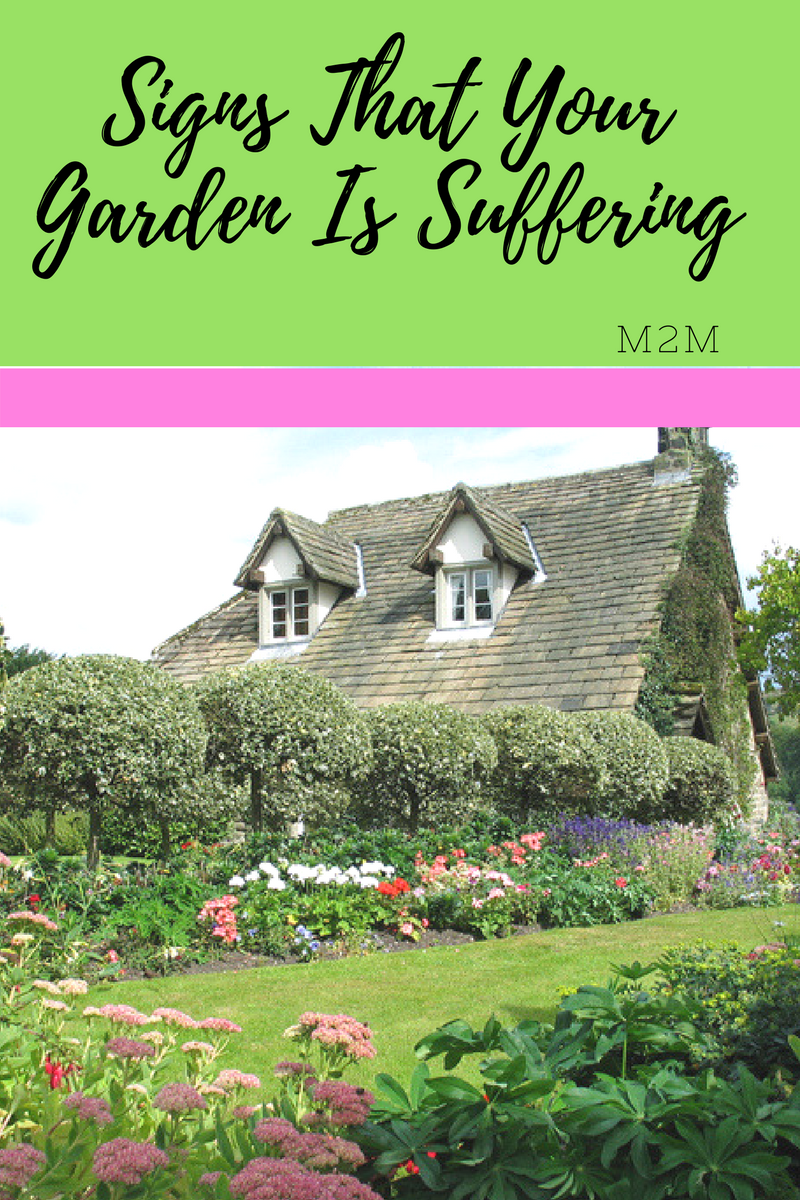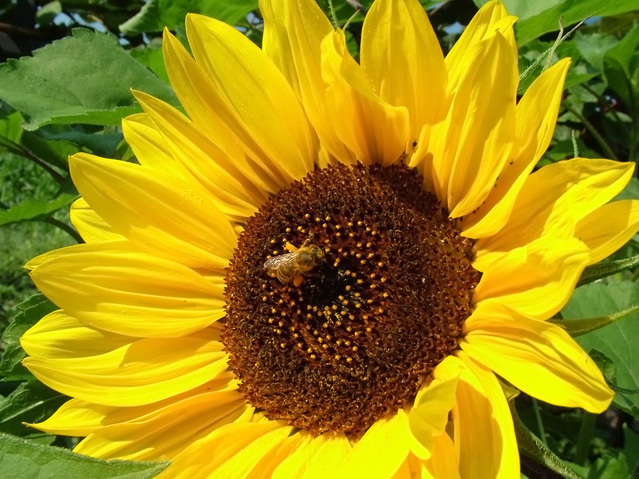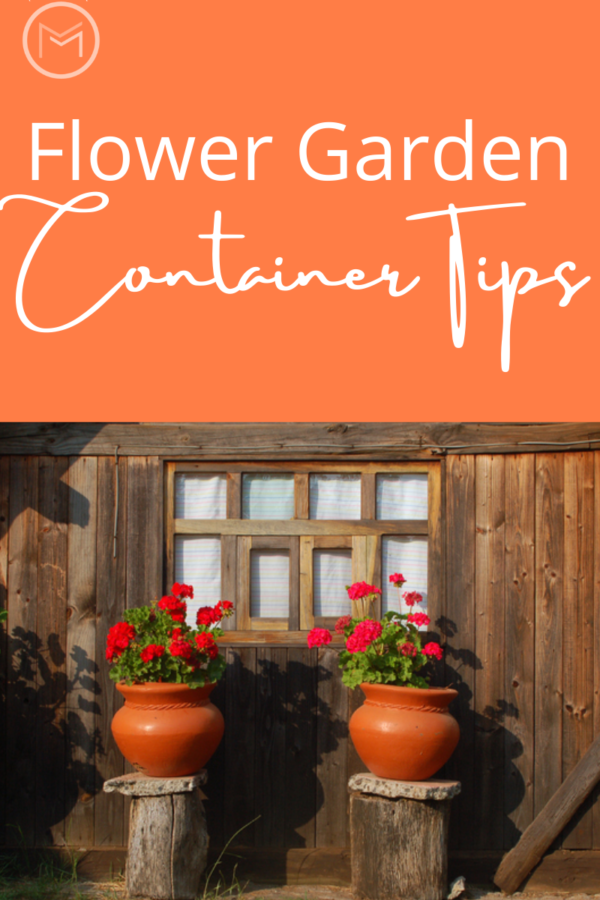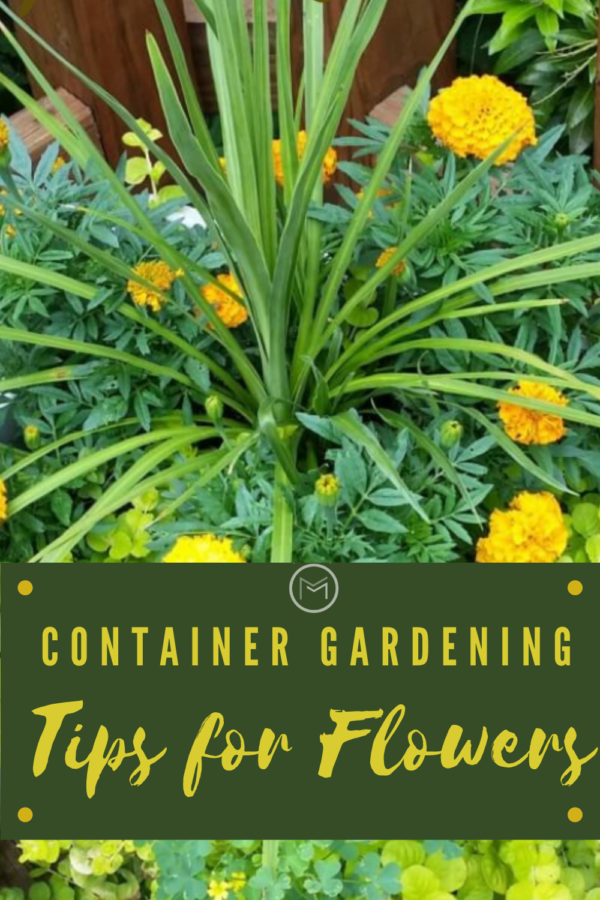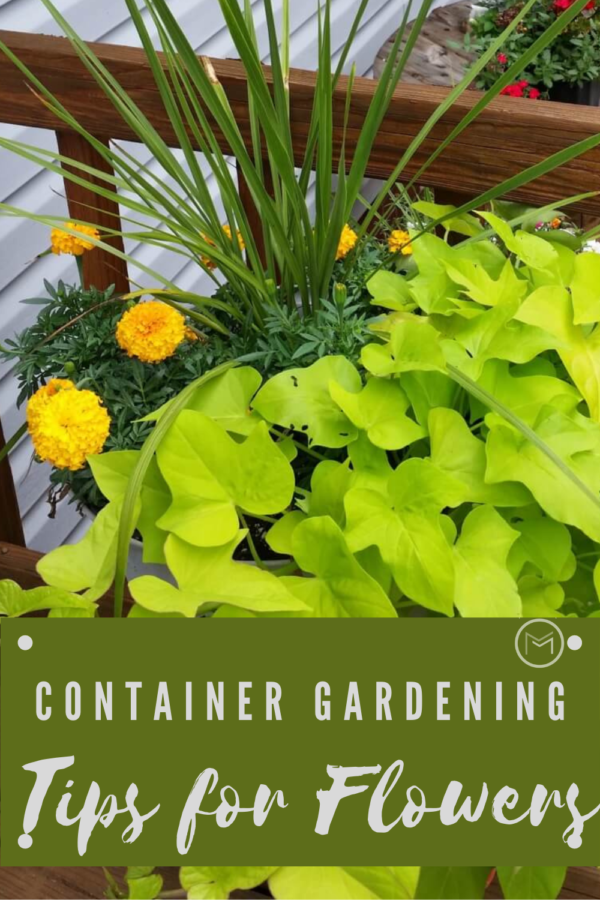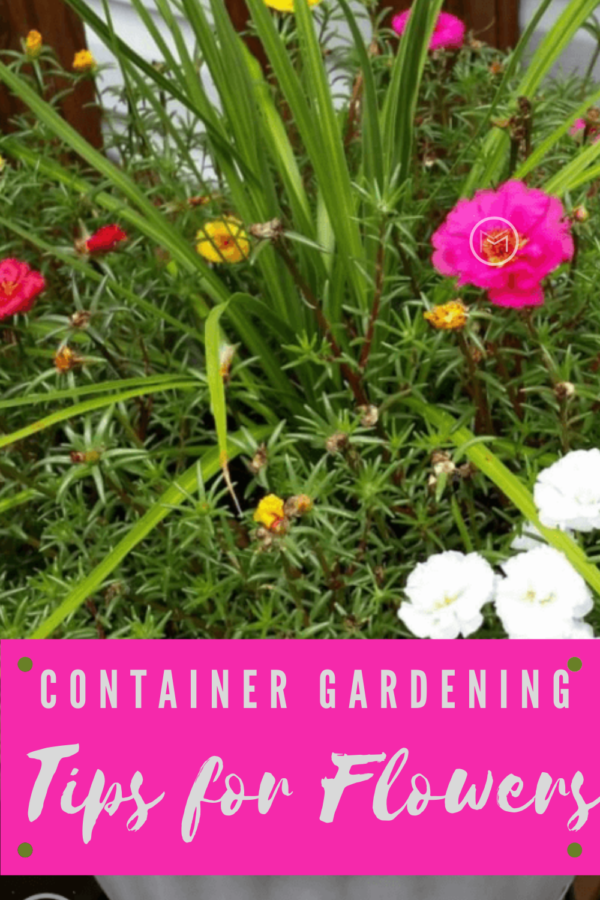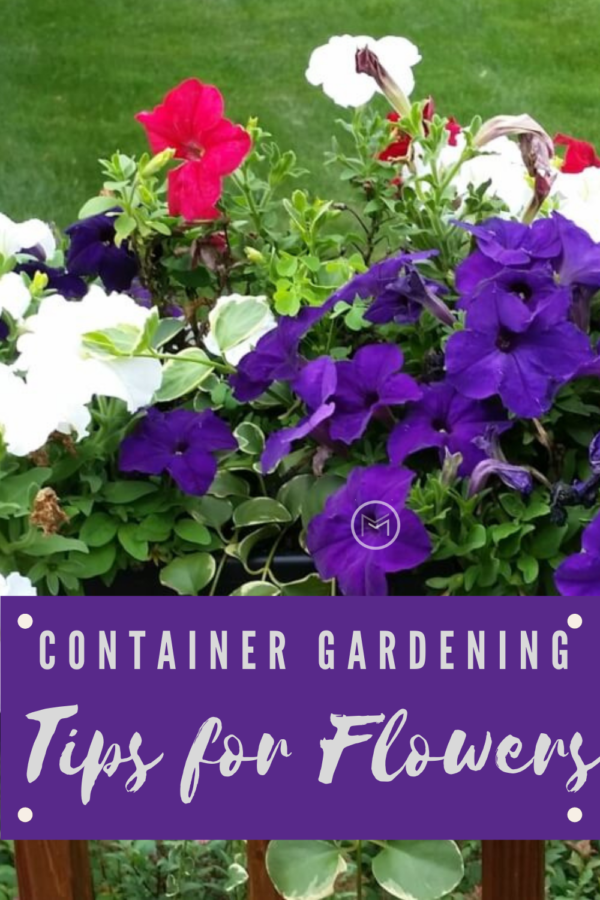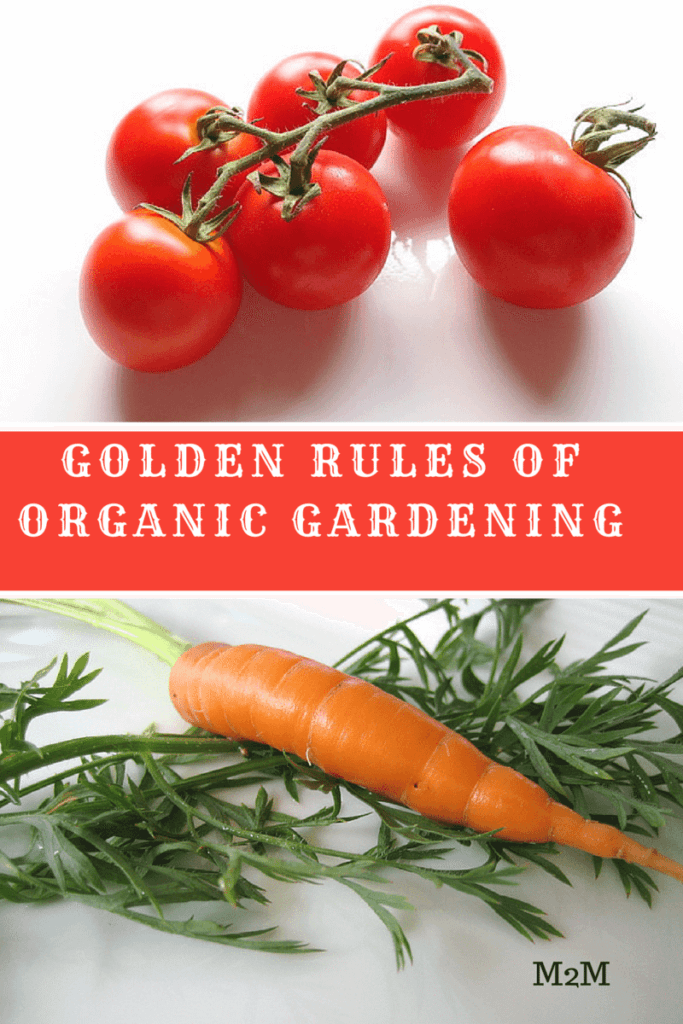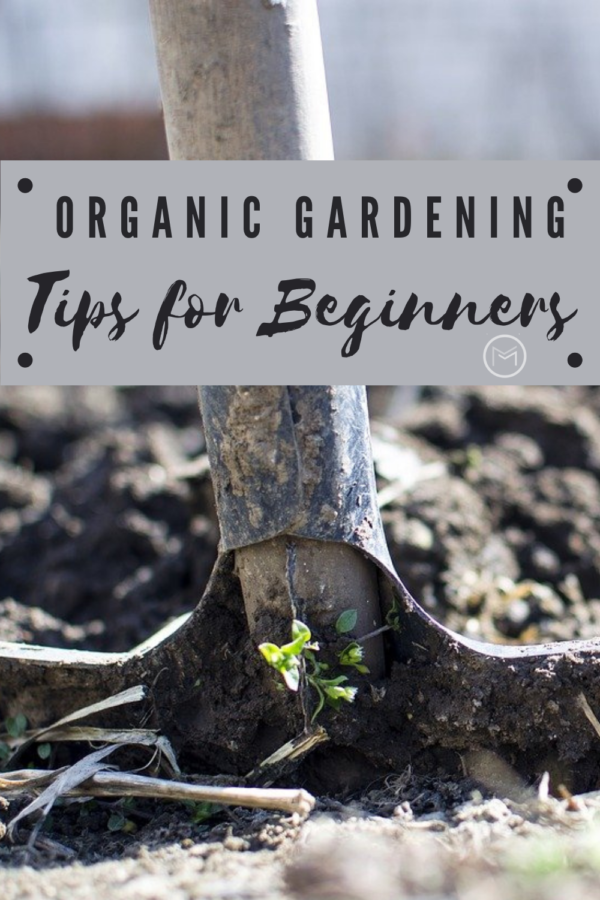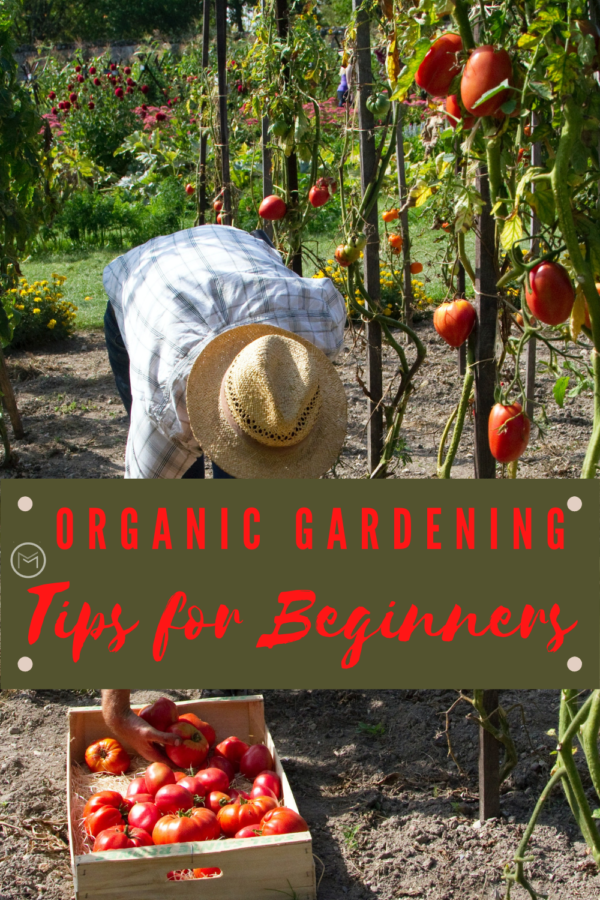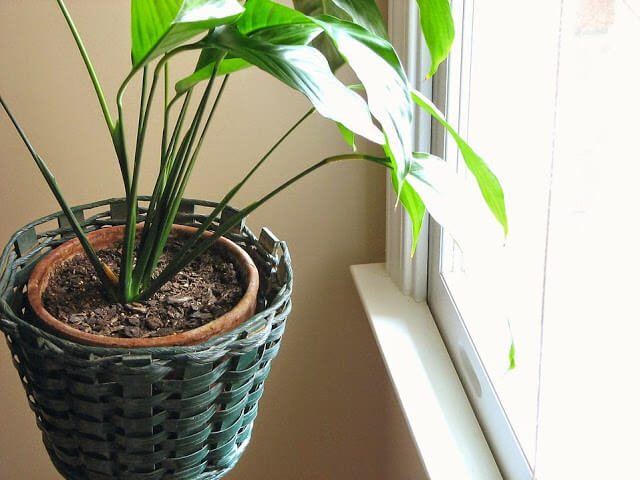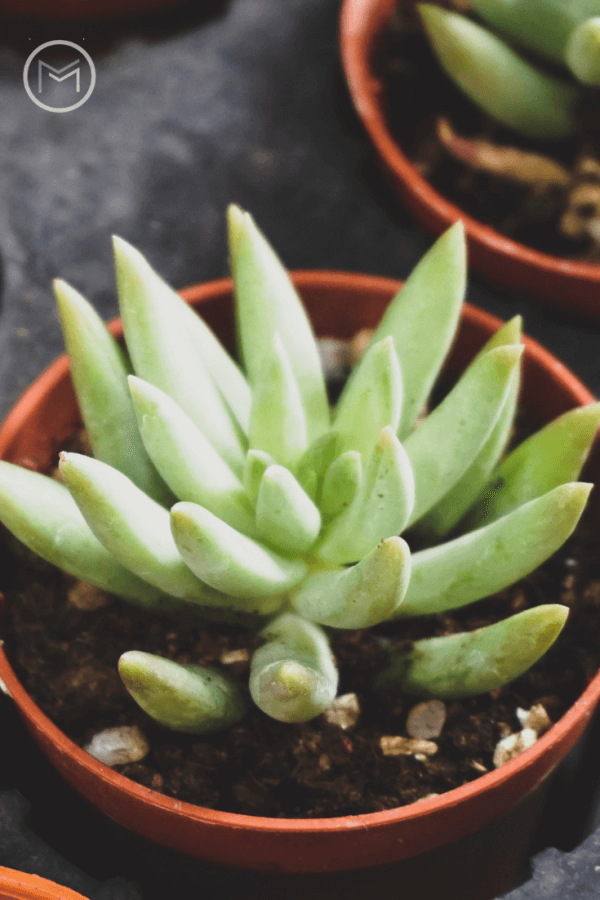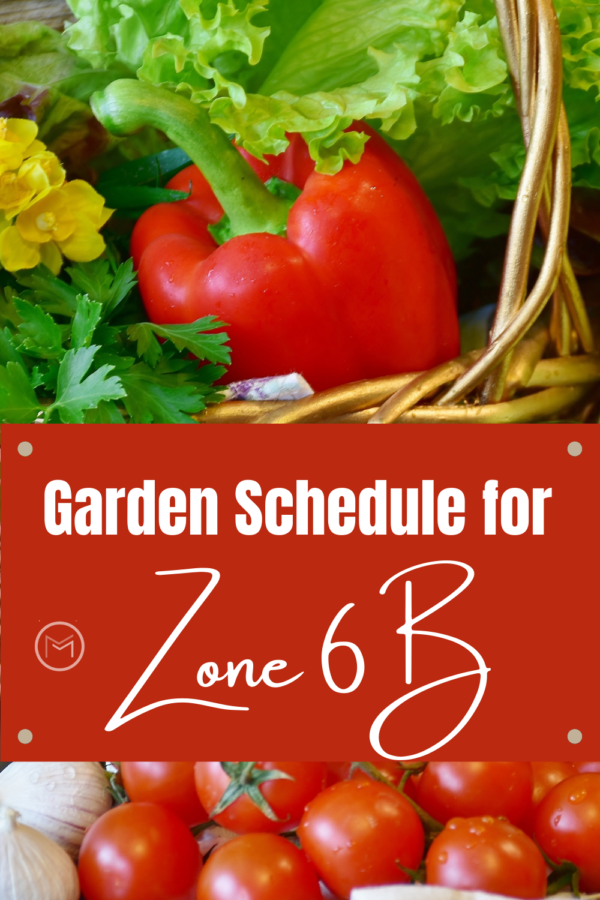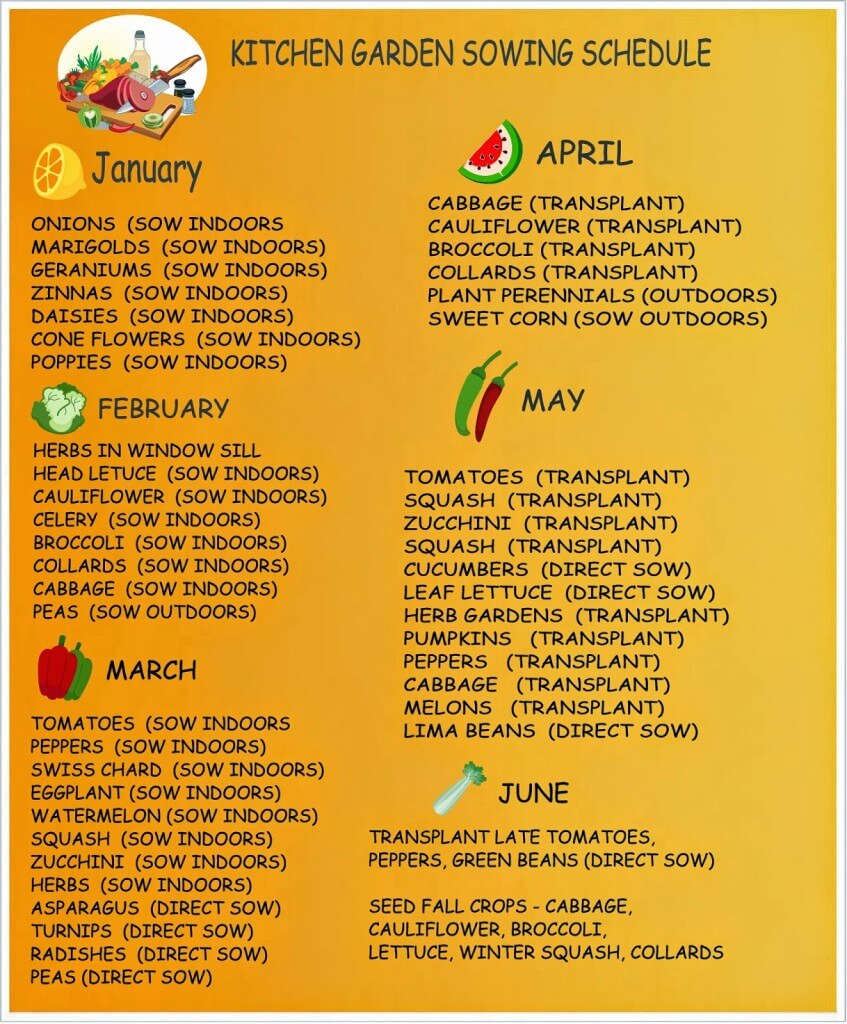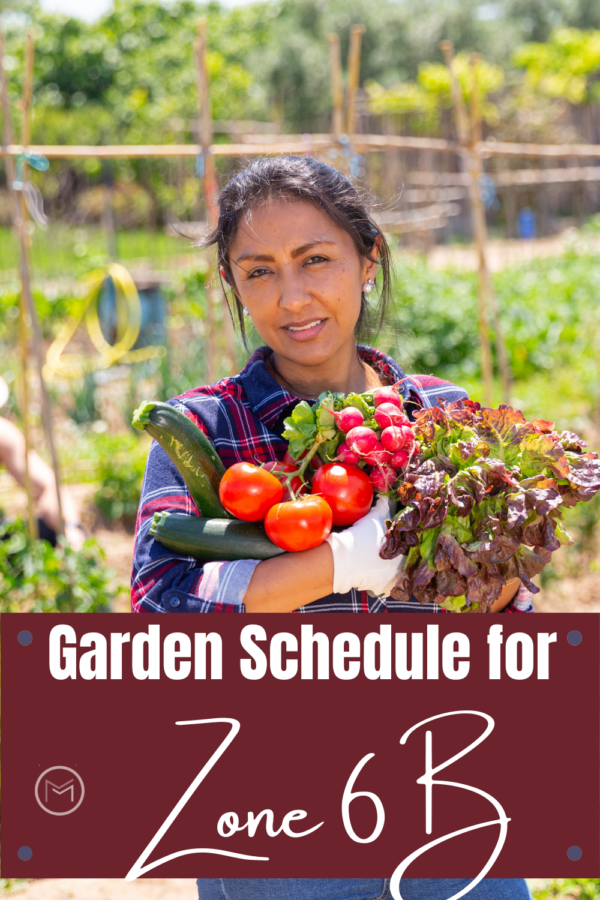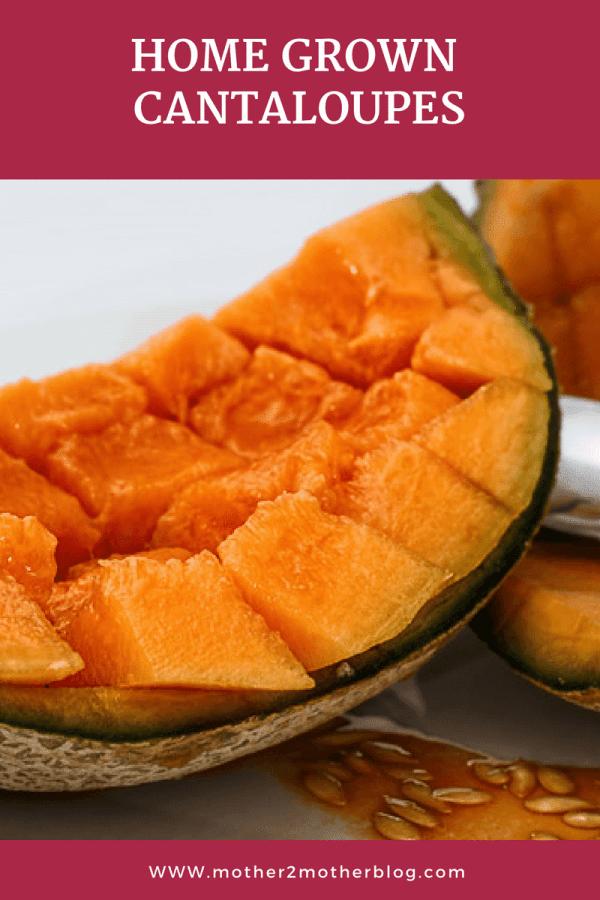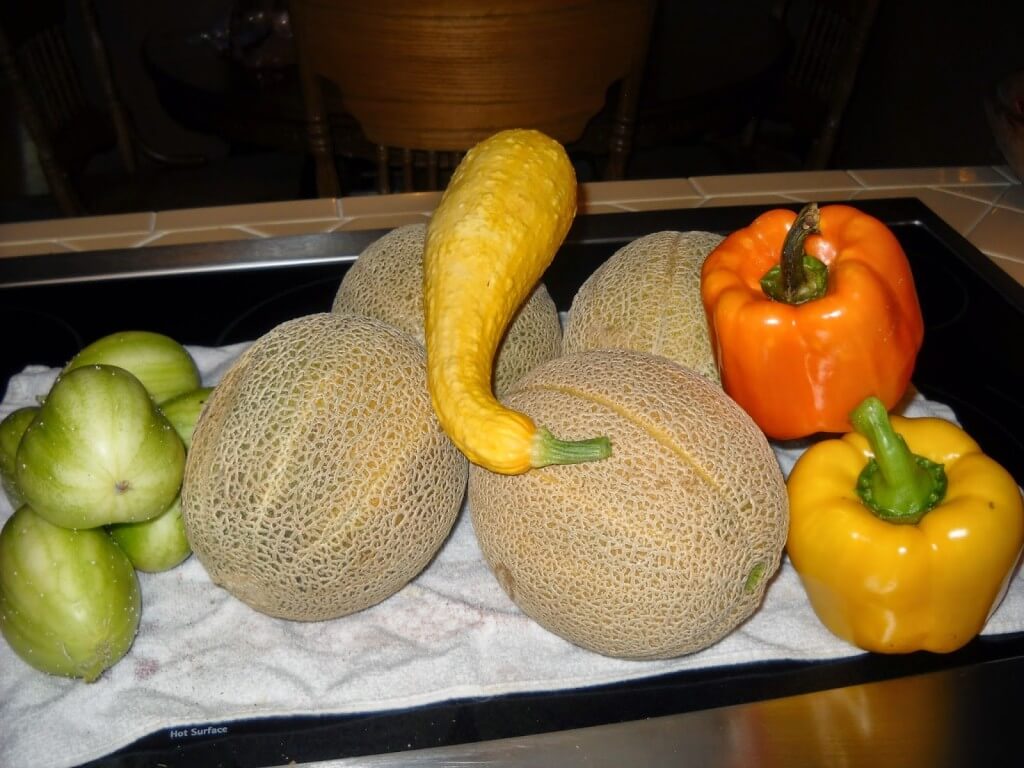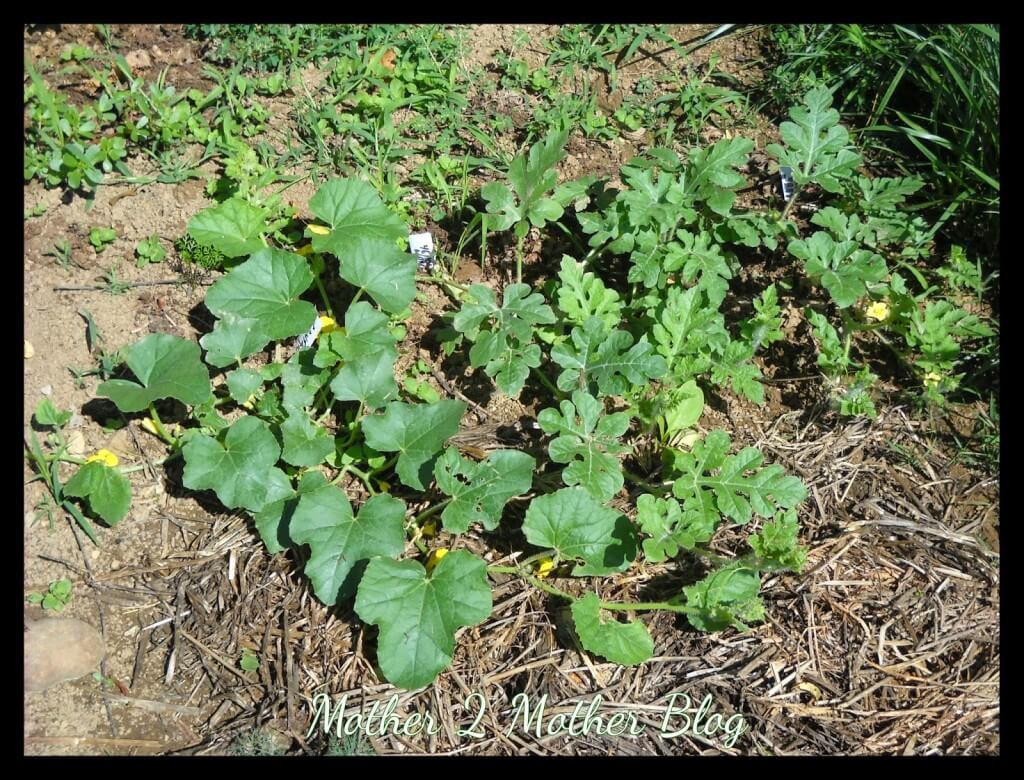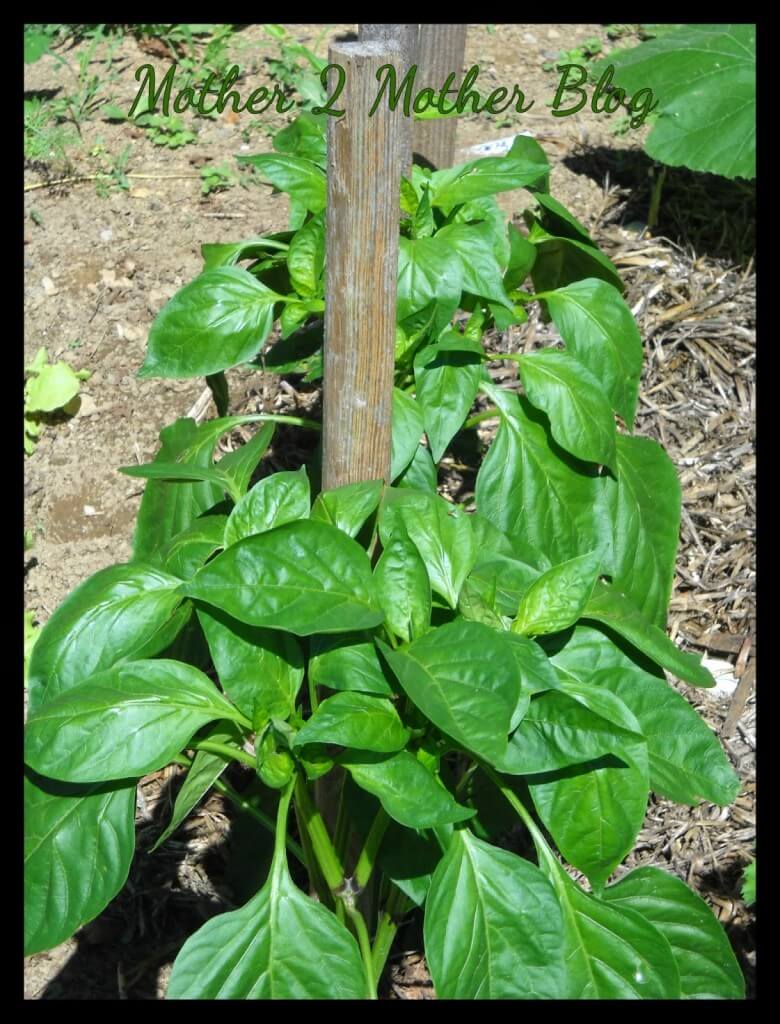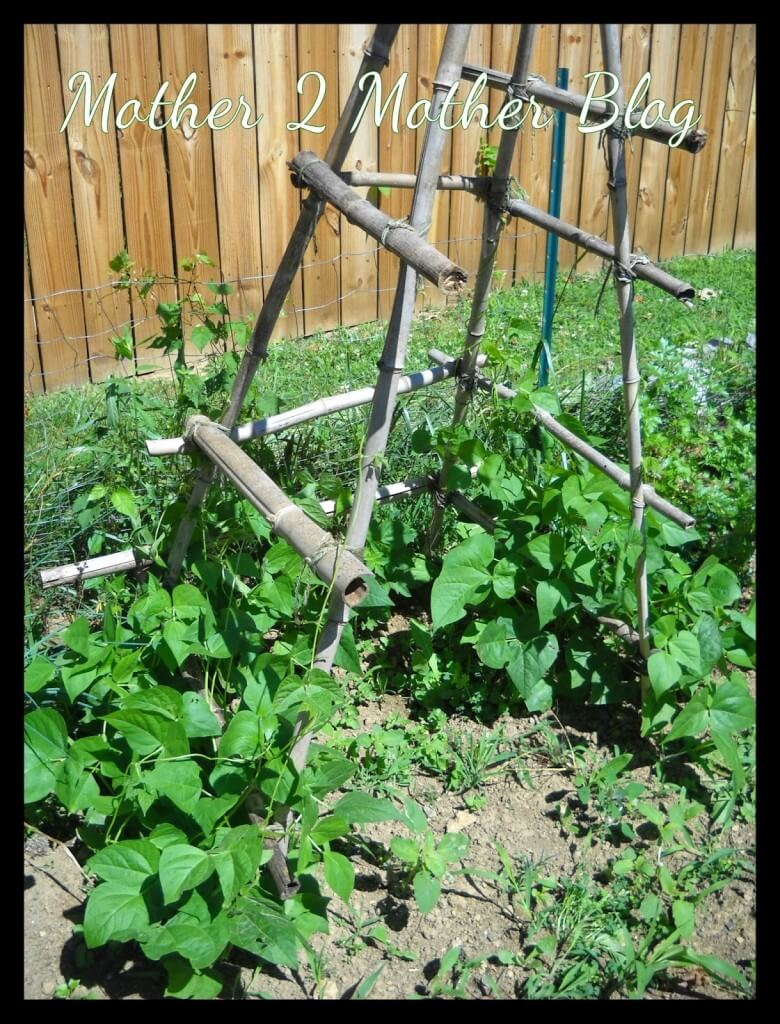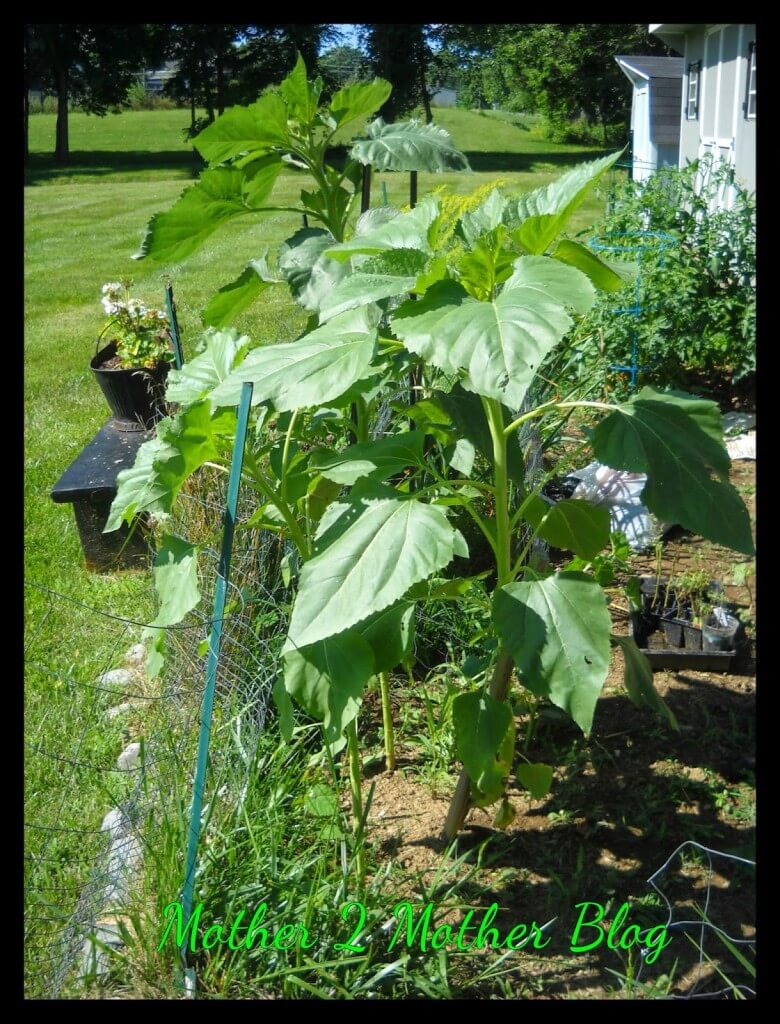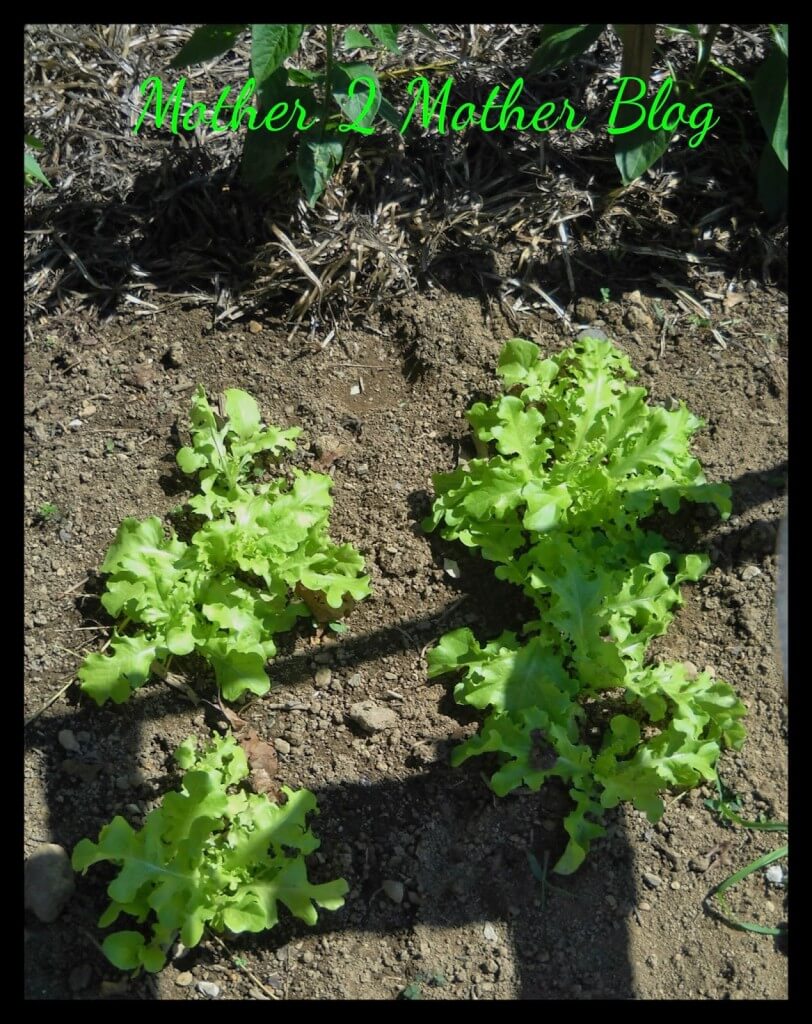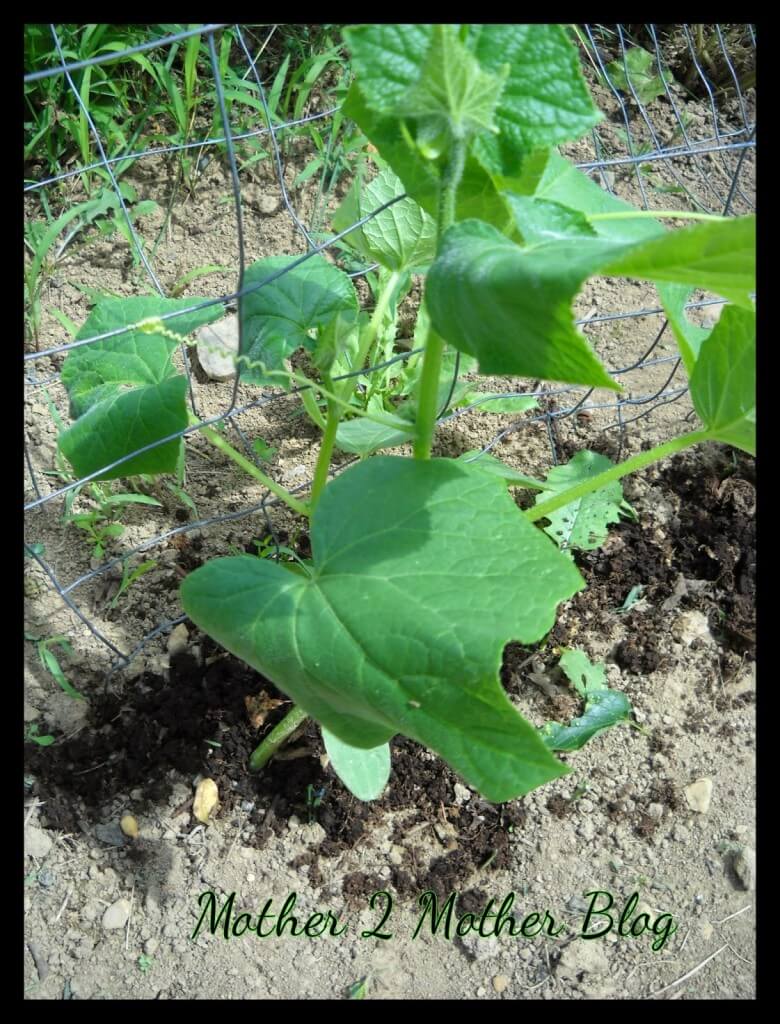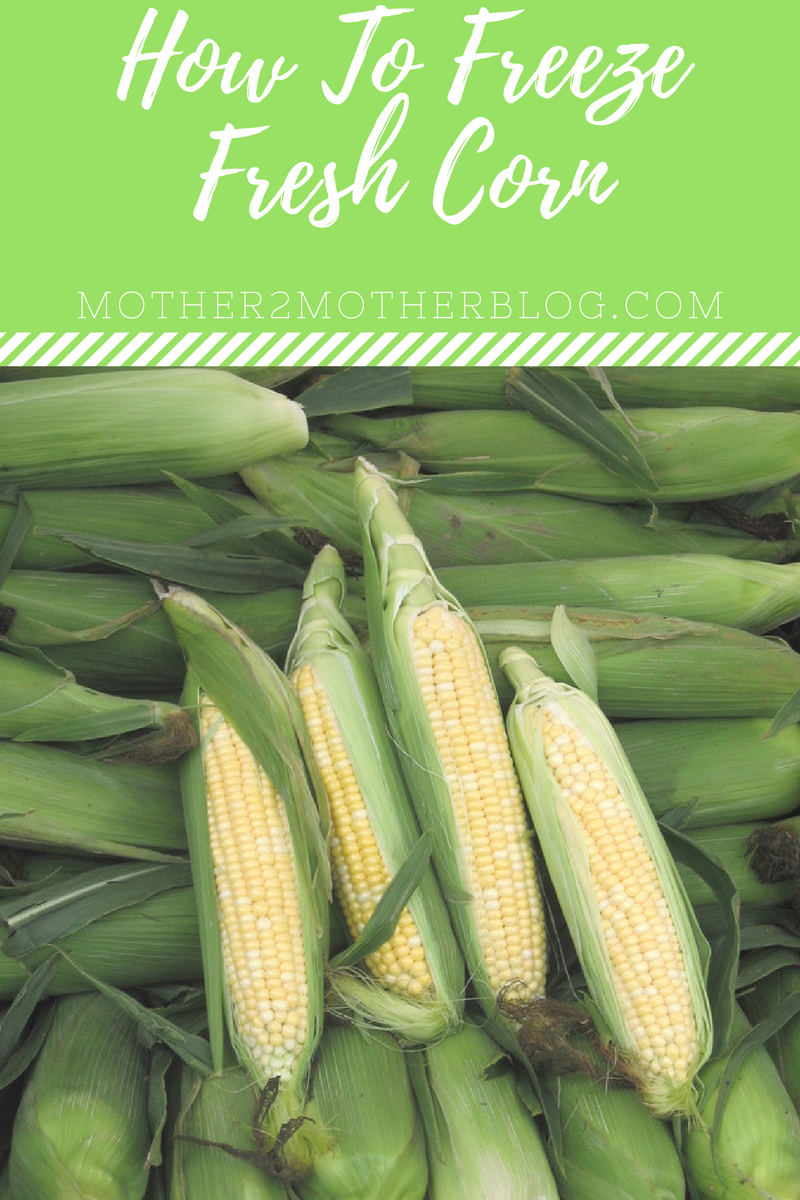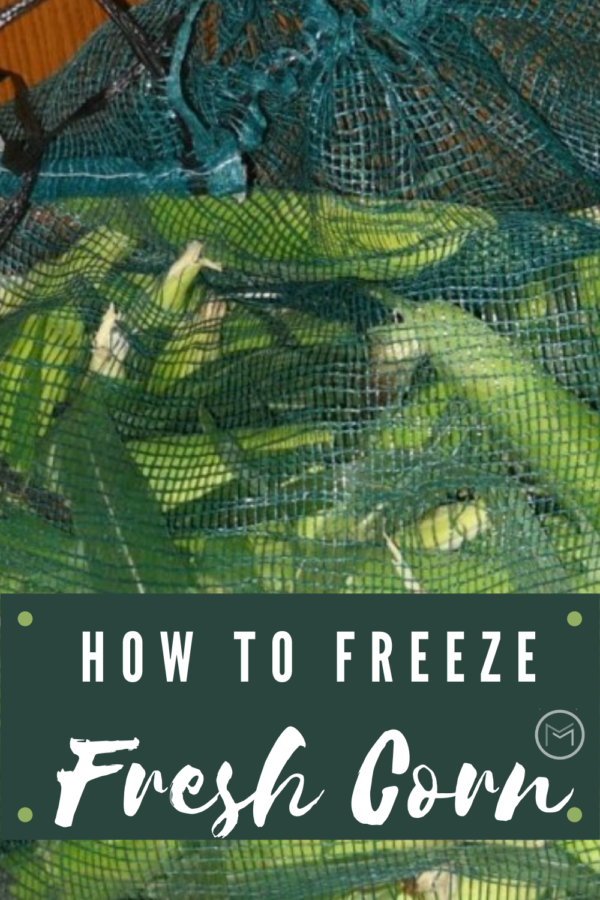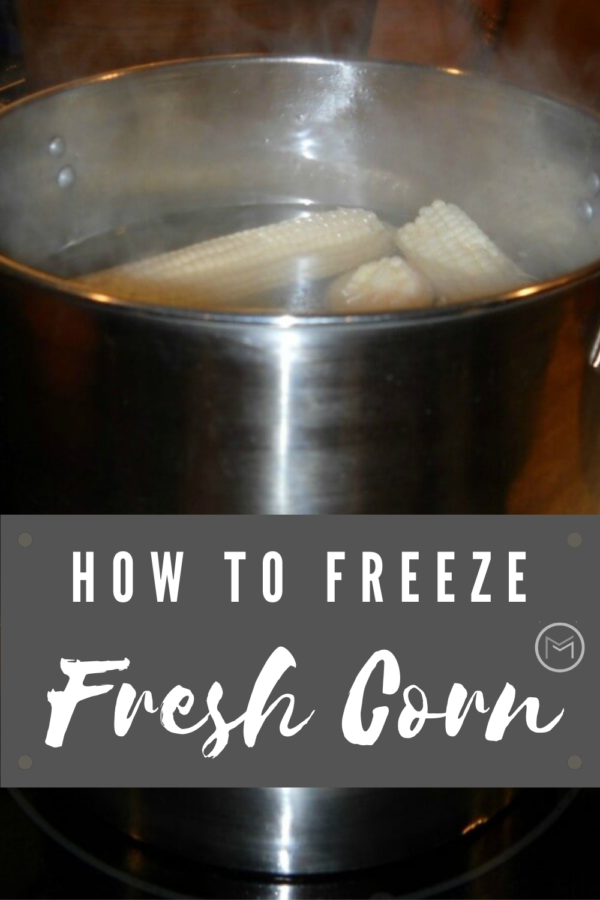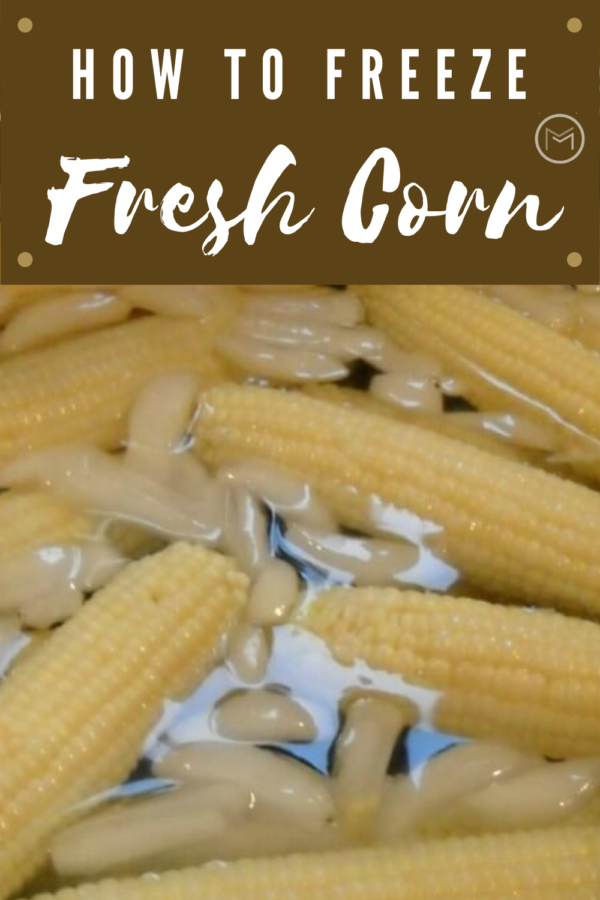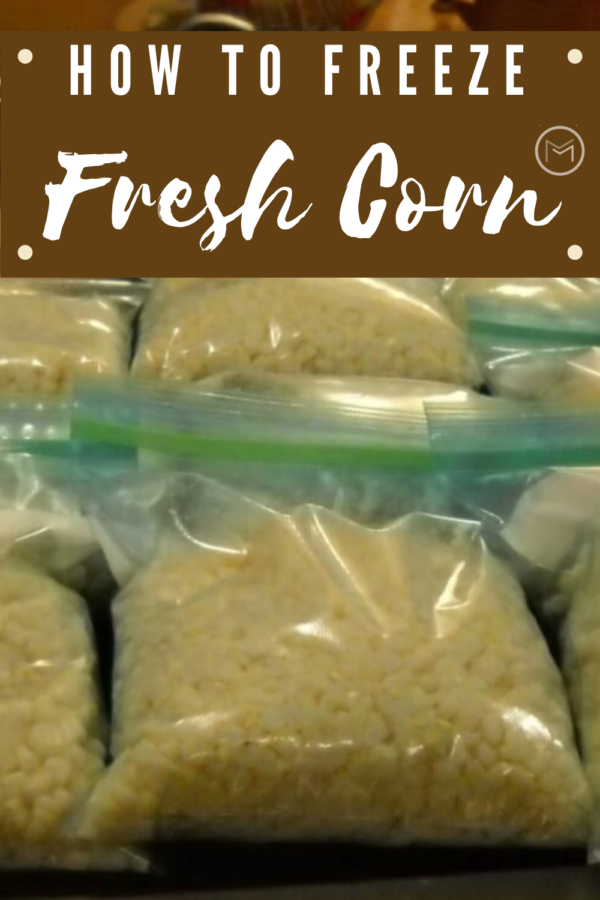Today’s gardening tips are going to focus on things beginner gardeners overlook. Gardening is becoming an increasingly popular activity. And it’s not hard to see why. It offers a great source of light exercise, provides fresh air, and adds a new dimension to your property. Frankly, what’s not to love?
So, this time of year many inexperienced gardeners embrace their growing love of using their outdoor spaces. However, many of them will limit their success due to basic errors.
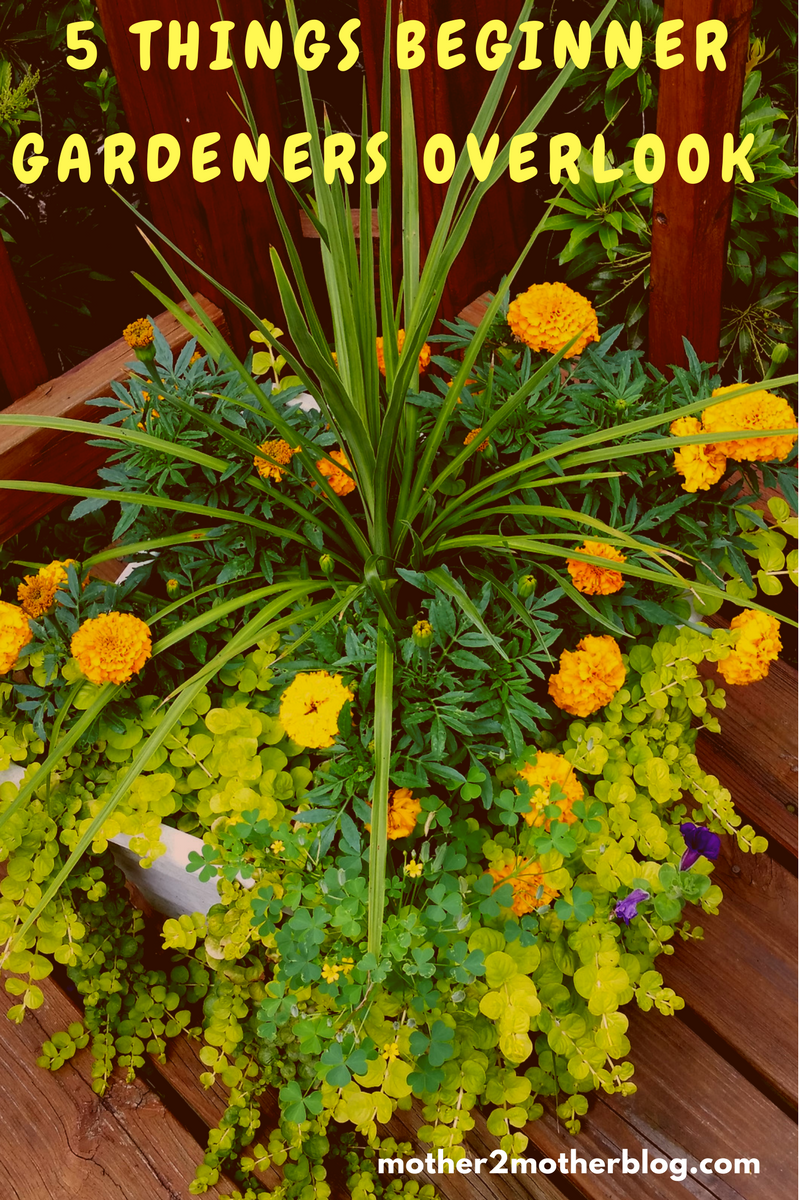
Here are things beginner gardeners overlook:
Wasting money – Let’s face it, your list of potential garden upgrades is as long as your arm. With this in mind, cost-efficiency should be at the top of the agenda. Remove the middleman by doing some of the work yourself. For example, investing in chainsaws and other garden tools. Having your own tools will enable you to complete most jobs without the need of an expert.
Furthermore, it’s imperative to remember the right safety gear too. Some challenges may still require a professional touch. However, keeping those to a minimum can be good for your finances. In return, make additional improvements with the savings.
Being short-sighted – When completing any garden overhaul, it’s easy to get carried away. Yet, it’s equally important to consider the long-term benefits. Reducing the maintenance with artificial lawns and other time-saving gestures will aid the cause. After all, keeping the space in great health is probably the hardest challenge. Besides, it’ll leave you with more time to enjoy the gardening tasks that are actually fun and rewarding.
Ignoring the potential – First and foremost, we want our gardens to look nice. However, the outdoor space is also a great resource for making life a little more comfortable. Growing fruit and vegetables is a fantastic way to actively encourage your love of gardening while gaining huge rewards. Meanwhile, you shouldn’t overlook the benefits of having a BBQ. Comfortable garden furniture is good too. After all, the more time spent in this area the better. If nothing else, it will provide another incentive to keep up the good work.
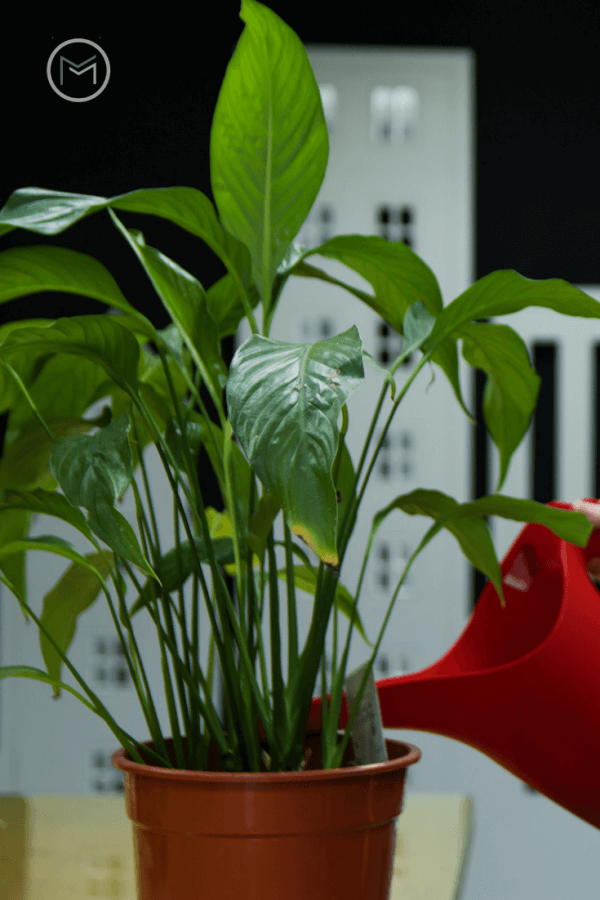
Overlooking personal needs – No two gardeners are identical. So, dealing with your unique situation is key. Not everyone has the mobility to bend down to flower beds. Also, hanging baskets and raised flower beds can be very beneficial. Unfortunately, if your gardening tasks are causing pain you may give up. Find ways to add comfort to your tasks. Your passion will remain far more enjoyable.
Focusing solely on the garden – Your love of nature doesn’t have to be limited to the backyard. The front garden is often a great place to add a little natural beauty. Moreover, indoor houseplants can inject a new sense of energy to the property. You could even grow herbs in the kitchen to further enhance your bid for practicality.
